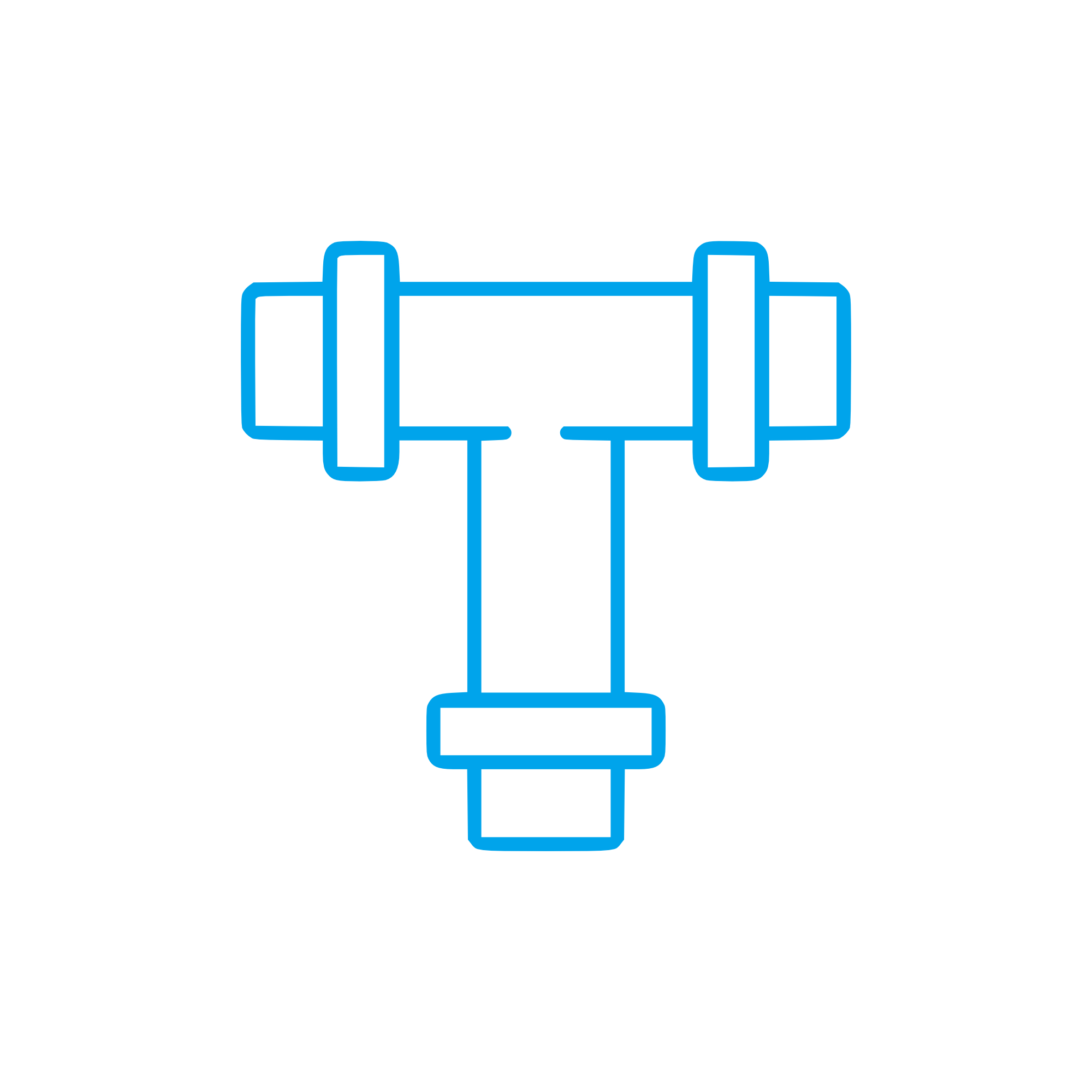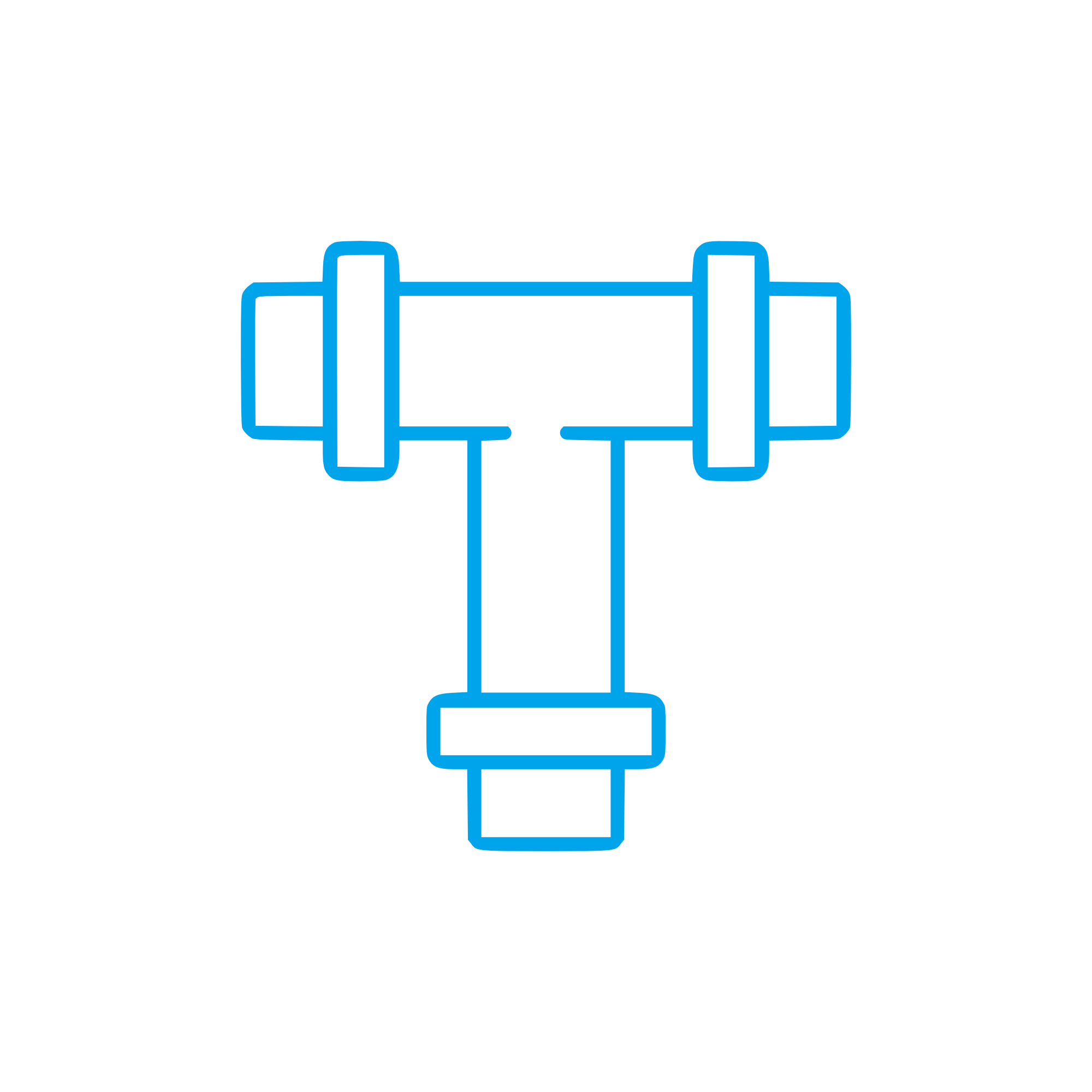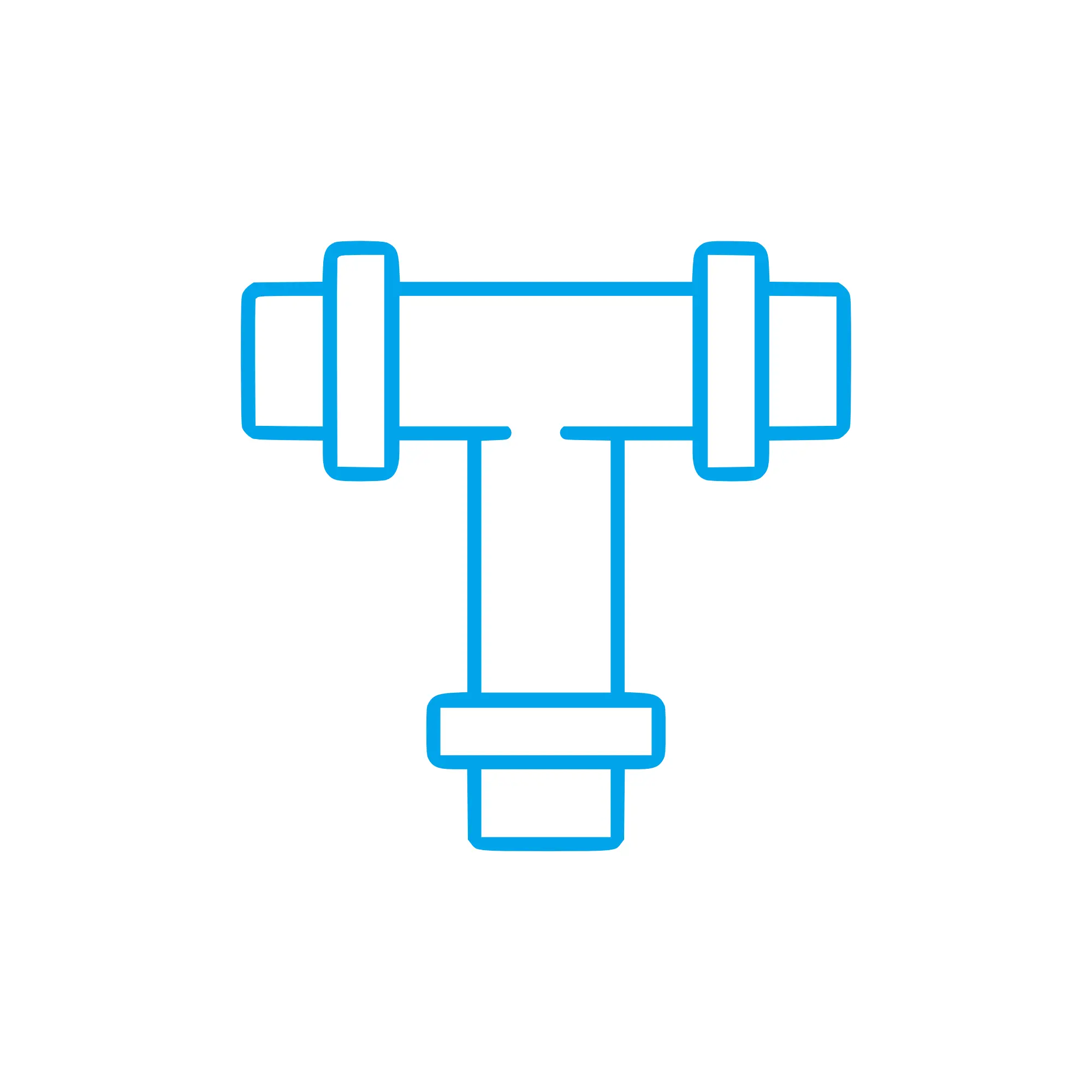LUBRICAT. OIL LINE – Lines and pipes for robust marine and diesel engine performance
Lines and pipes are the circulatory network of every engine. This article category covers rigid tubes, formed pipes, flexible hoses, and connection hardware that route vital media such as lubrication oil, fuel, coolant, and charge air. In marine engines and power-generation diesel engines, these components ensure stable flow and pressure to critical assemblies, protect against heat and vibration, and keep the system clean and safe. Whether a LUBRICAT. OIL LINE for a marine engine or a coolant pipe on a genset, properly engineered lines and pipes are fundamental to performance, efficiency, and operational safety.
Technical function of Lines and pipes: LUBRICAT. OIL LINE in a diesel engine
A LUBRICAT. OIL LINE in a diesel engine distributes pressurized oil from the pump to bearings, camshaft journals, turbocharger cartridges, and—on many large units—piston cooling nozzles and crosshead bearings. Flow-optimized inner diameters and controlled orifices keep film thickness within tight tolerances, stabilizing hydrodynamic lubrication and reducing friction. In a marine engine, the LUBRICAT. OIL LINE also feeds ancillary equipment such as gear trains and governor mechanisms, ensuring reliable operation during long duty cycles and under continuous load.
From a design perspective, lines and pipes balance pressure drop, velocity, and vibration resistance. Typical lube-oil supply pressures range from 3 to 6 bar with operating temperatures often between 60 and 90°C. To preserve pressure and minimize aeration, engineers specify seamless precision tubes, controlled bend radii, and expansion loops. Materials are chosen for media compatibility and corrosion resistance—carbon steel for general duty, stainless steels for hot zones, and copper‑nickel alloys in seawater-exposed areas. Connections may include flared, flareless (double-ferrule), 37° JIC, DIN/ISO metric, or SAE flanged joints to match the engine’s manifold interfaces. Cleanliness is paramount; lines and pipes are typically cleaned, capped, and pressure-tested so that the lubrication circuit stays free of debris at commissioning.
- · Precise routing safeguards pressure and stabilizes flow.
- · Rated for engine vibration, temperature, and pulsation.
- · Corrosion-resistant materials extend service life in marine environments.
- · Correct end connections ensure leak-tight integration with OEM parts.
- · Documented cleanliness protects bearings and turbochargers.
- · Engineered bend radii reduce stress and fatigue cracking.
- · Secure clamping and supports prevent fretting and wear.
- · Drop-in fit shortens maintenance time and reduces downtime.
Importance for engine operation: why Lines and pipes matter
The health of lines and pipes directly determines engine availability and lifecycle cost. A deteriorated LUBRICAT. OIL LINE can starve bearings in seconds, leading to scuffing, elevated metal temperatures, and catastrophic failure of crankshaft, cam followers, or turbocharger assemblies. Fuel pipes that weep under pulsation can atomize fuel, increasing fire risk; coolant pipes that scale or crack cause hotspots, liner cavitation, and rapid gasket degradation. Even minor pressure losses from mis-sized or kinked lines reduce oil flow, increase friction, and accelerate wear across the rotating assembly. Conversely, robust, correctly routed lines and pipes stabilize pressure, maintain temperature control, and keep the lubrication film intact—key to high efficiency, clean combustion, and long overhaul intervals.
Advantages of OEM spare parts suitable for Lines and pipes
When replacing or upgrading the network of lines and pipes—including any LUBRICAT. OIL LINE assemblies—OEM spare parts align with the engine maker’s geometry, flow specs, and material grades. That precision matters: exact wall thickness, bore, and bend profiles deliver the designed pressure drop and velocity, while validated fittings and seals keep joints tight under thermal cycling and vibration.
For technical stakeholders, the advantages are tangible:
- · Performance: Correct internal diameters and orifices preserve oil pressure and bearing film integrity.
- · Reliability: Proven fatigue life and joint integrity reduce the risk of leaks and unplanned stops.
- · Budget control: Drop-in fit shortens installation time and prevents collateral damage from flow or pressure deviations.
- · Service life: Corrosion-resistant materials and specified coatings withstand marine atmospheres and hot zones.
- · Compliance and documentation: Traceable material certs, pressure-test records, and labeling support class and audit requirements.
- · Cleanliness: Pre-flushed, capped components protect the lubrication circuit and sensitive components.
By choosing OEM spare parts for a LUBRICAT. OIL LINE in a diesel engine or a set of fuel and coolant pipes, operators maintain the intended performance envelope and reduce lifecycle risk. This approach is especially critical on engines with high specific output, where margins for pressure and temperature are tight.
MOPA as your partner for OEM parts and Lines and pipes
MOPA is an experienced and reliable partner for sourcing OEM spare parts across the Lines and pipes category—covering everything from a single LUBRICAT. OIL LINE for a marine engine to complete pipe kits for diesel and gas engines. Our team moves fast: we identify the correct part numbers from engine serials and BOMs, verify connections and lengths, and consolidate shipments to minimize downtime. Quality and security drive every step—parts are supplied with the right documentation, handled to preserve cleanliness, and packed to protect form and thread integrity.
For operators and shipowners, this means predictable lead times, technically correct deliveries, and a single point of contact for lubrication, fuel, coolant, and air piping. MOPA helps you maintain fleet standardization, reduce procurement friction, and keep engines running at spec with OEM parts for LUBRICAT. OIL LINE assemblies and related pipework.
LUBRICAT. OIL LINE routing and installation best practice
Adopt smooth routing with no sharp 90° bends; respect minimum bend radii to prevent ovalization and pressure loss. Use proper clamps and spacing to control vibration, adding expansion loops where thermal growth is expected. Avoid contact with hot surfaces; apply heat shields or fire sleeves where required. Always torque fittings to the specified values, replace sealing rings, and perform pressure and leak tests after installation. Before start-up, flush circuits to remove any debris and pre-lube where procedures call for it.
Conclusion
Lines and pipes are mission-critical components that sustain oil pressure, temperature control, and leak-free operation. A properly engineered LUBRICAT. OIL LINE safeguards bearings and turbochargers, directly influencing efficiency and engine life. Selecting OEM spare parts suitable for Lines and pipes ensures accurate fit, proven materials, and dependable performance—helping you protect assets, manage costs, and operate with confidence.




